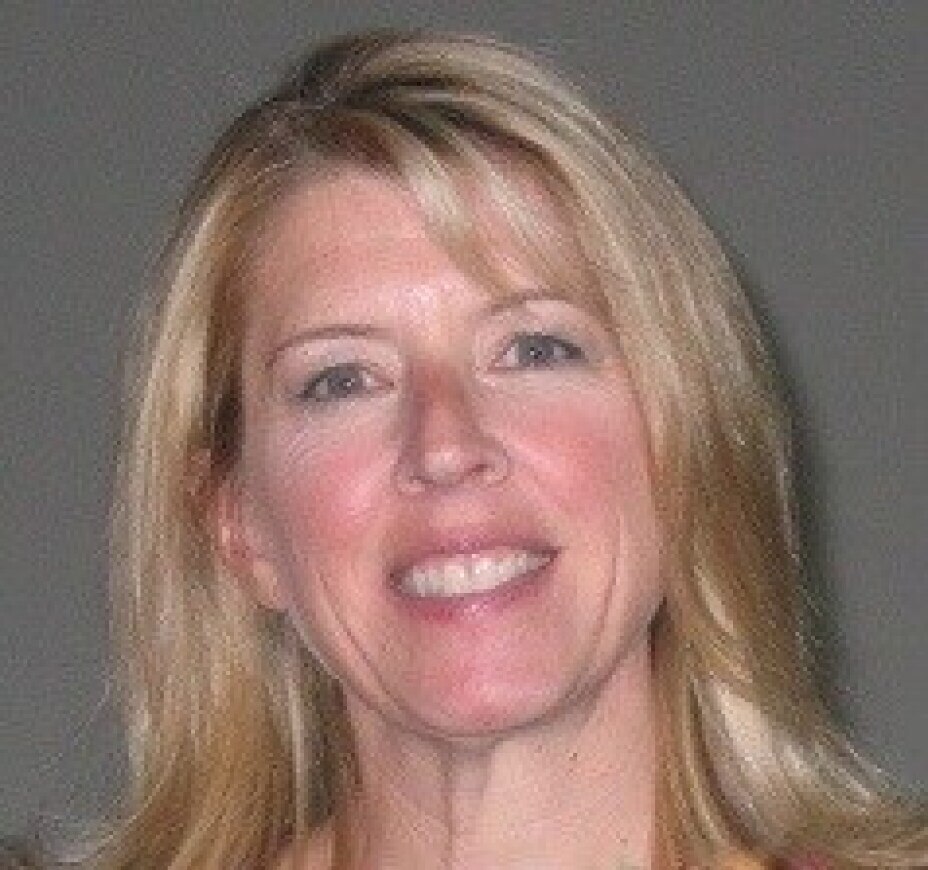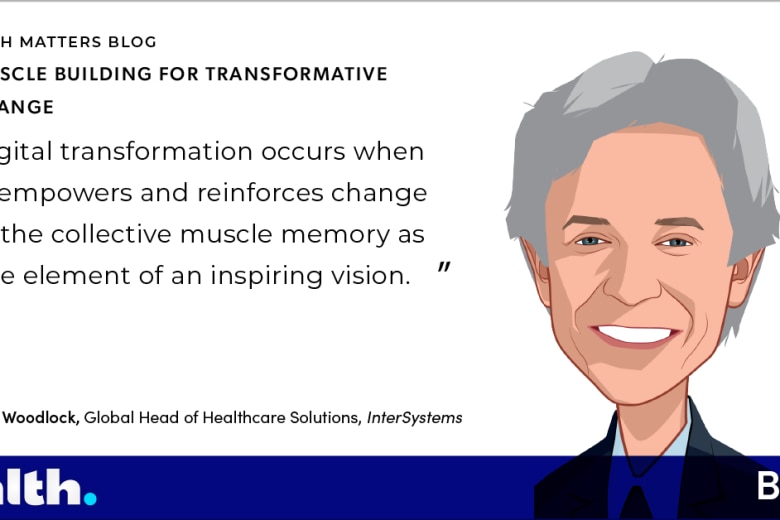Where have all the nurses gone? They are everywhere.
When I embarked on my nursing journey years ago, I had no idea what a versatile career it would be, thinking then mostly of my desire to work in the Yale University emergency department. Little did I know I’d go on to pursue an advanced degree as a nurse practitioner and then later find a place on the business end of healthcare − in the land of healthcare information technology (HIT).

Today, the U.S. healthcare continuum is wide, increasingly complex and ever expanding. Nurses make their mark in many roles and many places within it, often outside of traditional hospital or physician office settings. For example, you will find nurses in military service, VA hospitals, the CDC, retail clinics, insurance companies, ambulance and air patient transports, dialysis centers, legal offices, volunteer clinics, mobile services, medical missions, home care, medical device and pharmaceutical sales companies, academia, and, of course, in HIT. I could go on, but if you look around, you will see nurses everywhere.
In my varied work experience as a nurse , and then an internal medicine nurse practitioner, I often looked for ways to automate and streamline workflow to increase quality and efficiency. In my executive positions in hospitals, I lobbied hard for investment in clinical IT solutions, knowing well how that would improve patient care as well as business perspective and practice.
I have been fortunate to find rewarding and challenging work in the HIT space for the past 12 years and often partnered with customers to advance the adoption of electronic orders. Now I’m focused on further enhancing care processes and safety through effective health information sharing.
As we celebrate nurses this week, we can likely all agree there is a perpetual need for nurses. Will there be enough as the baby-boomer bubble takes place? According to the U.S. Registered Nurse Workforce Report Card and Shortage Forecast published in the January 2012 issue of the American Journal of Medical Quality, a shortage of registered nurses is projected to spread across the country between 2009 and 2030.
If you are in a position to encourage a student to pursue nursing, please do so. Regardless, chances are you will cross paths with a nurse or nurse practitioner today, tomorrow or sometime soon. Say hello.
Gerry Bannister
Gerry Bannister, RN, FNP-C, is an advanced practice nurse and informaticist with over 30 years experience in healthcare. Her background includes work and leadership roles across multiple clinical settings and in health information technology, with expertise in electronic health records adoption.




































